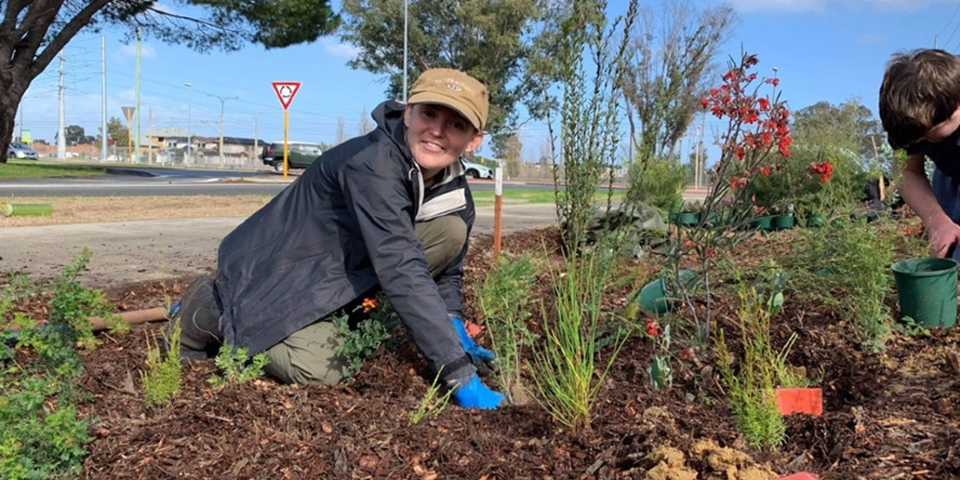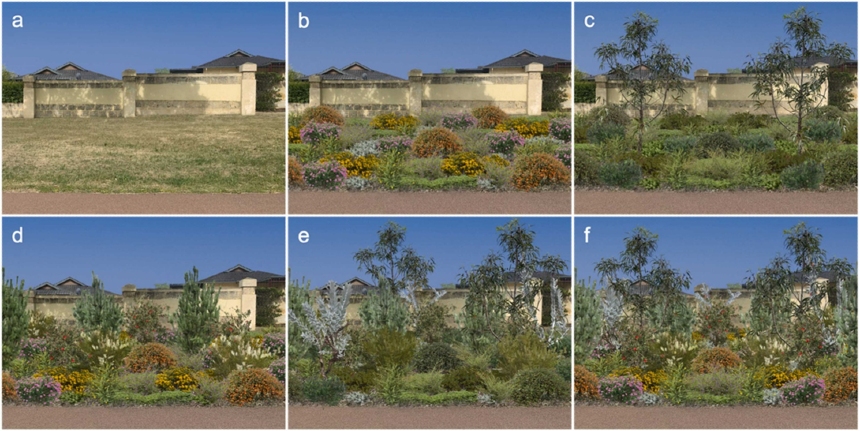Research securing our future
As the first university in Western Australia to become a signatory to the United Nations' Sustainable Development Goals, we have a long standing and deep commitment to delivering research that helps secure the future of the world around us.
Our community is home to global experts in forest ecology, fire management, marine ecosystems and environmental engineering, all of which are pursuing the most pressing environmental challenges of our time.
We use our biodiverse campus as a living laboratory to help drive positive change and welcome everyone to join this journey and learn more about the critical research taking place here.
This is the perfect verge – and it has big environmental benefits

Environmental researchers have surveyed almost 1000 Perth residents to identify what the perfect verge looks like, as part of a project looking at how we can improve urban greening.
The land along streets and roads can make up more than 30% of public open space, which offers huge opportunity to increase the quality of greening without increase land use.
In this research project, survey respondents were asked to rate a range of images to understand preference for structure - low, mid or high vegetation - flower presence, foliage colour, and visual symmetry.

PhD student Ali Babington led the project, which revealed that 88% of respondents like the appearance of Woody Meadows, and a comparison lawn picture was disliked by 87%.
Woody Meadows are structurally diverse and species rich naturalistic plantings of Australian shrubs and trees. They are maintained through coppicing, which involves hard pruning 10cm to 20cm above ground level every couple of years to keep the plantings bushy and maximise flowering.
This approach to greening our verges offers a novel and cost-effective way to introduce quality plantings into our urban landscape for social and environmental benefits.
Another focus of the research has been to trial plants from around Perth and Geraldton in a Woody Meadow. All plants have responded well to coppicing, and plants from Geraldton had the best survival.
The research team hopes the findings will inform future urban landscape design and planning and encourage practitioners to have fun and be experimental in their planting choices, especially with local Western Australian plant species.
Urban vegetation provides a range of social and environmental benefits, but it can be difficult due to space restrictions and cost. Naturalistic plantings have gained popularity as a way to improve vegetation diversity without requiring additional land or maintenance costs.
This research aims to further that effort.
Integrating local vegetation back into our urban landscapes has huge benefits for biodiversity, temperature regulation, stormwater management, our health and wellbeing.
